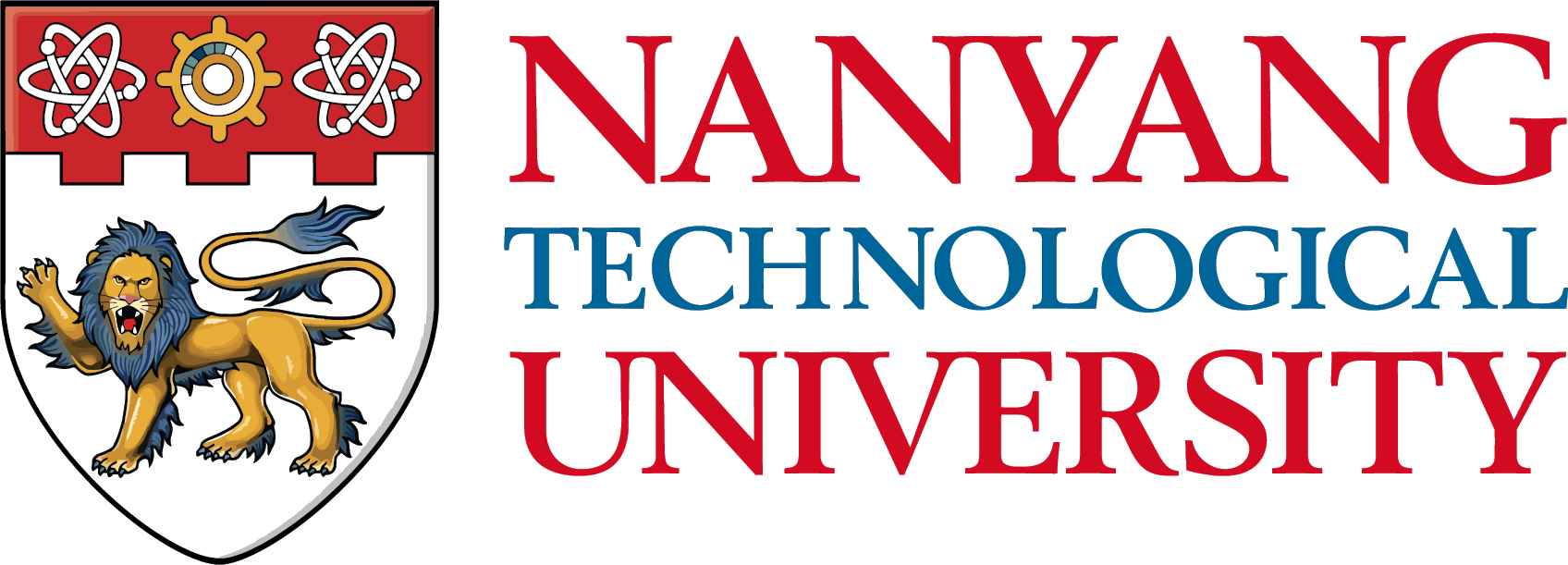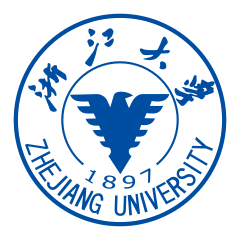Extreme Learning Machines 2015
The final call for papers is available.
Extreme Learning Machines (ELM) aim to break the barriers between the conventional artificial learning techniques and biological learning mechanism. ELM represents a suite of machine learning techniques in which hidden neurons need not be tuned. ELM learning theories show that hidden neurons (with almost any nonlinear piecewise activation functions) can be randomly generated independent of training data and application environments, which has recently been confirmed with concrete biological evidences. ELM theories and algorithms argue that “random hidden neurons” capture the essence of some brain learning mechanism as well as the intuitive sense that the efficiency of brain learning need not rely on computing power of neurons. This may somehow hint at possible reasons why the brain is more intelligent and effective than computers. ELM offers significant advantages such as fast learning speed, ease of implementation, and minimal human intervention. ELM has good potential as a viable alternative technique for large-scale computing and artificial intelligence.
The main theme of ELM2015 is: Big Data Analytics, Machine Learning and Biological Learning.
Organized by Nanyang Technological University, Singapore, and co-organized by Zhejiang University, and Tsinghua University, China, ELM2015 will be held in the beautiful and attractive city Hangzhou, China. This conference will provide a forum for academics, researchers and engineers to share and exchange R&D experience on both theoretical studies and practical applications of the ELM technique and brain learning.
Accepted papers presented in this conference will be recommended to reputable ISI indexed international journals: Neurocomputing, Cognitive Computation, International Journal of Machine Learning and Cybernetics, Memetic Computing, and Multidimensional Systems and Signal Processing.
Topics of interest
All the submissions must be related to ELM technique. Topics of interest include but are not limited to:
Theories
- Universal approximation, classification and convergence
- Robustness and stability analysis
- Biological learning mechanism
Algorithms
- Real-time learning, reasoning and cognition
- Sequential/incremental learning and kernel learning
- Clustering and feature extraction/selection
- Random projection, dimensionality reduction, and matrix factorization
- Closed form and non-closed form solutions
- Multi hidden layers solutions and random networks
- • No‐Prop, Random Kitchen Sink, FastFood, QuickNet, RVFL
- Parallel and distributed computing / cloud computing
Applications
- Time series prediction
- Pattern recognition
- Web applications
- Biometrics and bioinformatics
- Power systems and control engineering
- Security and compression
- Human computer interface and brain computer interface
- Cognitive science/computation
- Sentic computing / natural language processing
- Data analytics, super / ultra large-scale data processing
Paper submission
Potential authors may submit their manuscripts for publication consideration either in special issues of journals or edited book volumes. Only full‐length manuscripts with at least submission entry quality of good journals will be considered for presentation at this conference. All the submissions will go through rigorous peer review. Details on manuscript submission can be found from the Submission webpage.


